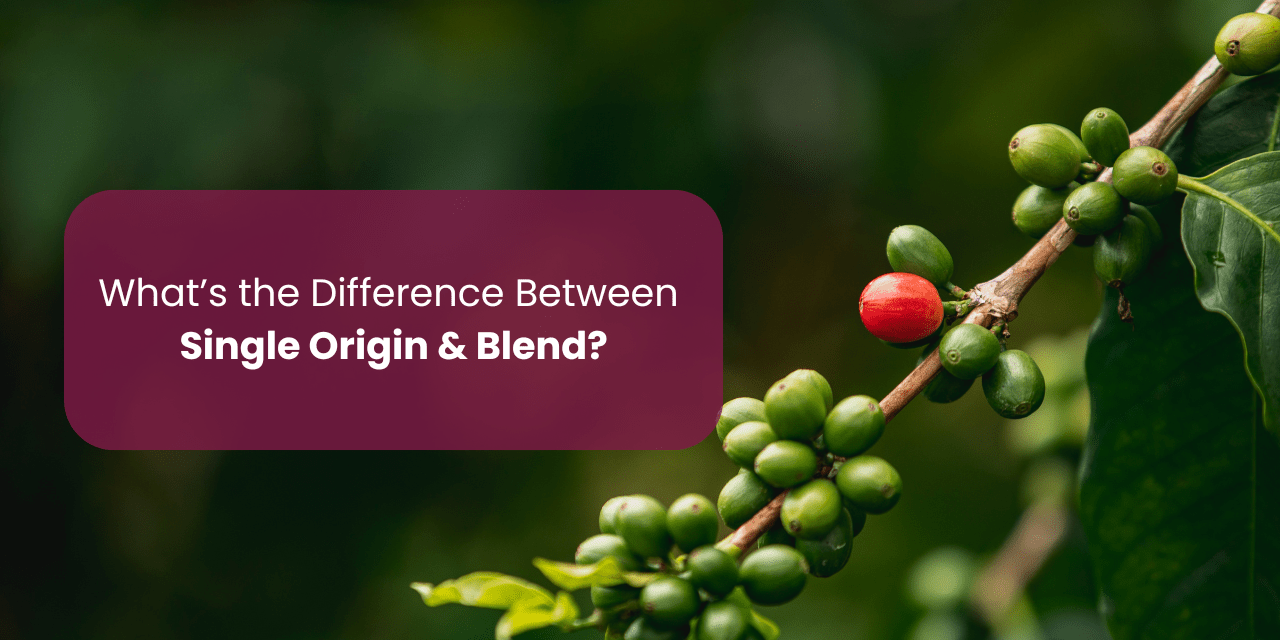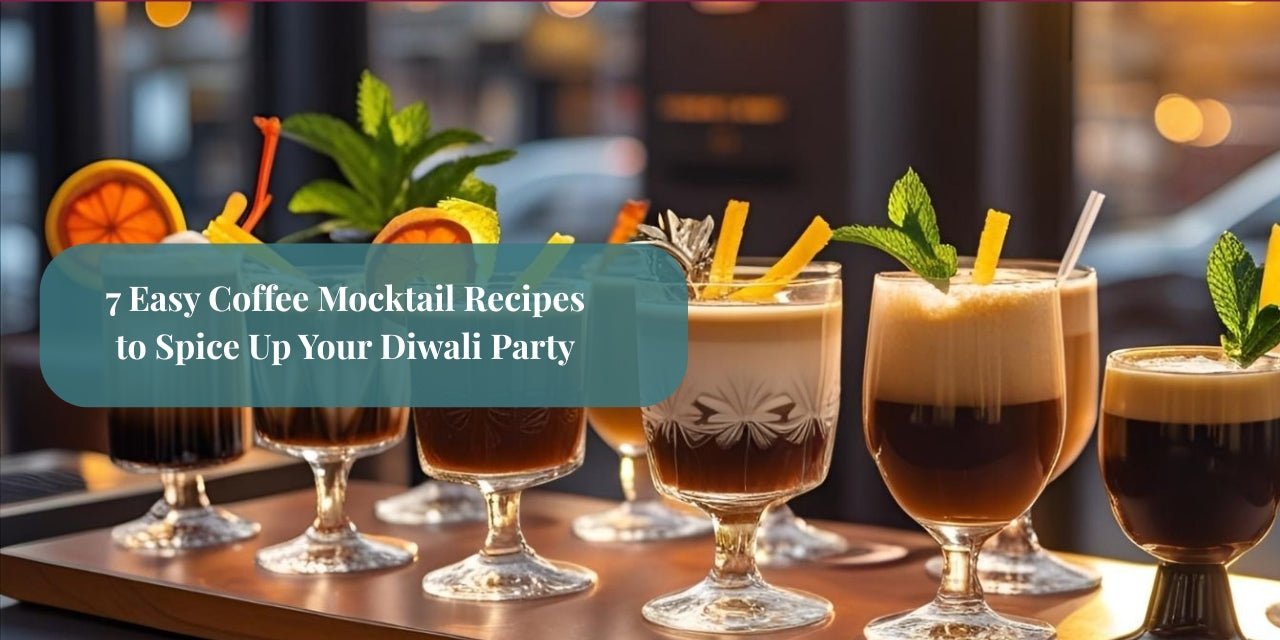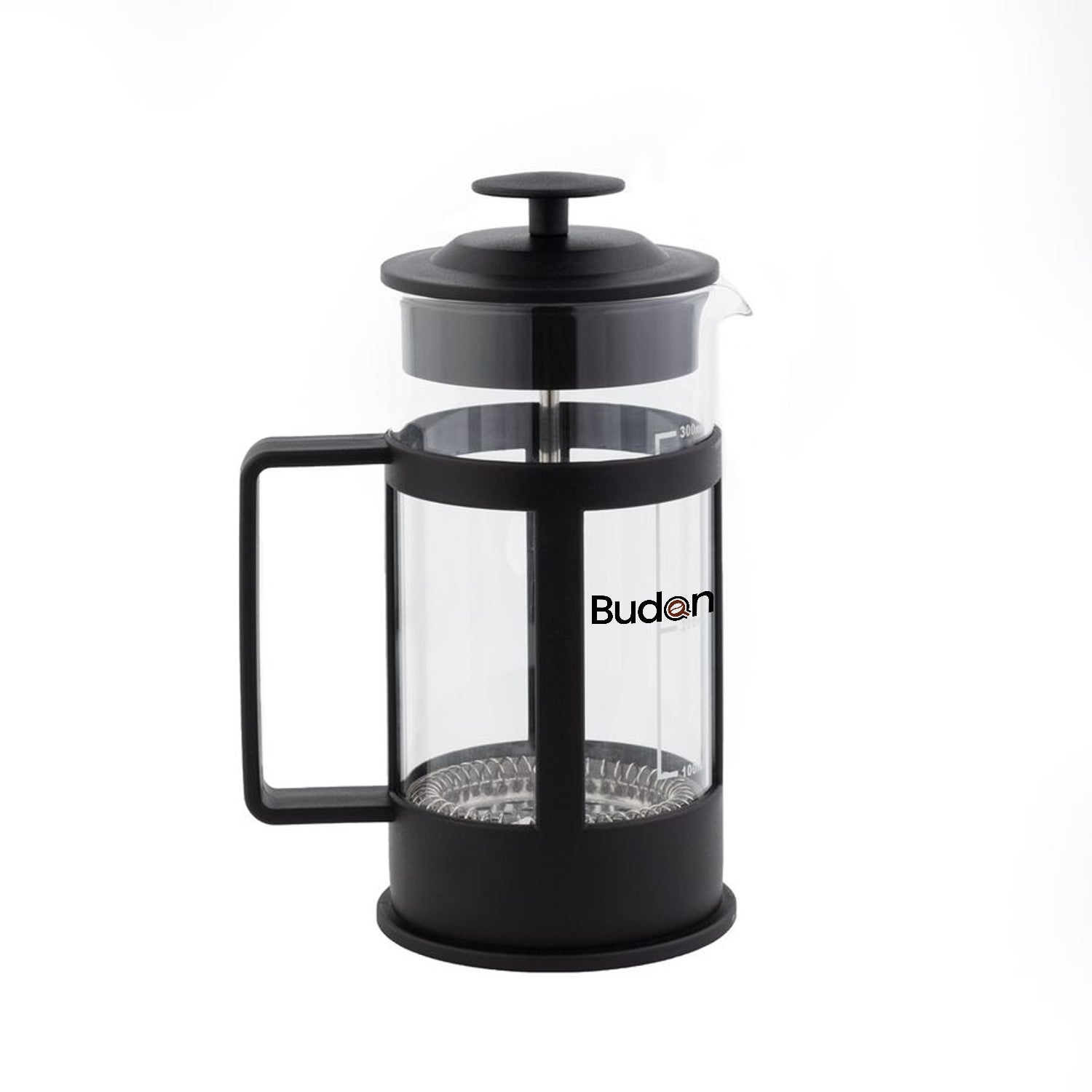If you have gone to a coffee store or surfed online, you have likely come across two common terms: single estate and blend. These labels are not just marketing fluff, they hint at the journey your beans took before arriving in your cup, influencing everything from flavor and aroma to consistency and character.
But what exactly do they mean? How does a single estate coffee differ from a blend? And which one should you choose?
Let’s dive deep into the world of coffee sourcing and flavor profiling to help you better understand what makes each type special.
The Basics: Definitions First
What is Single Origin Coffee?
Single origin coffee comes from one specific farm or estate.
All the beans in your bag are grown in the same place, under the same conditions, often even from the same harvest. This makes single-origin coffee extremely traceable and reflective of its unique terroir.
What is a Blend?
A blend, by contrast, is a mix of beans from two or more origins, farms or even regions. Roasters craft blends with the goal of achieving a balanced and consistent flavor profile. The components are chosen carefully to complement one another. So, the end result is harmonious, approachable, and often ideal for milk-based drinks.
Flavor Profiles: Purity vs Harmony
Single Origin Coffees: Since all beans are grown under the same conditions, they often have a distinct, singular flavor that’s a direct expression of the estate’s terroir. These coffees are typically more nuanced, offering flavors that might surprise you if you’re used to supermarket blends.
However, this purity can also mean variability. A change in weather or harvest techniques can lead to noticeable differences year to year—something that true coffee lovers often embrace.
Blends: Blends are designed for balance. Roasters combine different origins to create a flavor profile that is:
-
Smooth and round
-
Consistent across seasons
-
Ideal for milk-based drinks (like lattes and cappuccinos)
Who Are They For?
Choose Single Estate If You:
-
Love black coffee or manual brews (pour-over, French press, etc.)
-
Enjoy exploring distinct flavors
-
Want to support traceable, ethical sourcing
-
Appreciate the craftsmanship and variability of small-batch coffee
Choose Blends If You:
-
Want a consistent cup every morning
-
Prefer milk-based drinks or espresso
-
Like mellow, balanced flavors
-
Are new to specialty coffee and want an approachable option
Seasonality & Availability
One challenge with single estate coffees is seasonality. Since you’re relying on a single harvest from one farm, availability can be limited. When it’s gone, it’s gone—until the next harvest.
Blends, on the other hand, are more flexible. Roasters can swap out components as needed to maintain consistency. For example, if a particular estate beans from one year run out, they might be replaced with similar-tasting ones from a nearby region.
Sustainability & Farmer Impact
Single estate coffees often come from farms that are part of direct trade or micro-lot programs, which means:
-
The farmer gets a higher price
-
There’s more transparency and traceability
-
Quality tends to be top-tier
Blends, particularly those from large-scale roasters, may include commodity-grade beans. However, this isn’t always the case—many specialty roasters now use high-quality, ethically sourced beans in their blends too. It’s always worth checking the transparency of the roaster.
Price & Value
Unsurprisingly, single estate coffees often come at a premium price, and for good reason:
- Limited production
-
Higher quality control
-
Traceable sourcing
-
Hand-picked, small-batch processing
Blends tend to be more affordable, making them a good entry point into specialty coffee. They're also great for daily drinking or for serving guests.
Home Brewing Tips
-
Single Estate Tip: Use brewing methods that highlight clarity—like Chemex, Pour Over, or Aeropress. Use a good burr grinder and filtered water to capture subtle notes.
-
Blend Tip: Great for Espresso, Moka Pots, or drip machines. They’re forgiving and stable, ideal for households with multiple coffee drinkers.
Final Thoughts
There’s no winner here—just different experiences.
Ultimately, your coffee journey is personal. Whether you sip a micro-lot from an estate in Chikmagalur or a dependable house blend every morning, what matters is that you enjoy it.


























